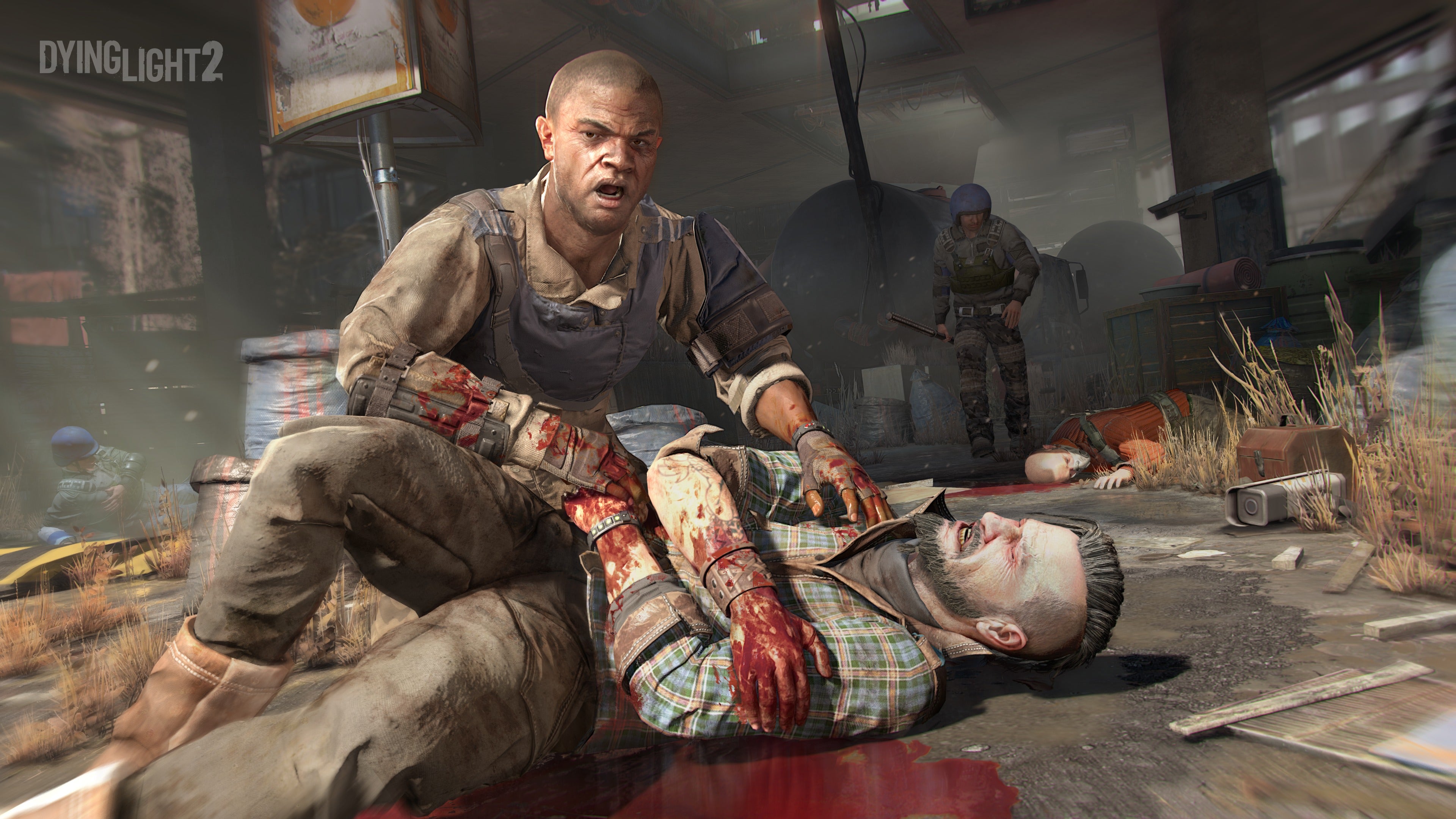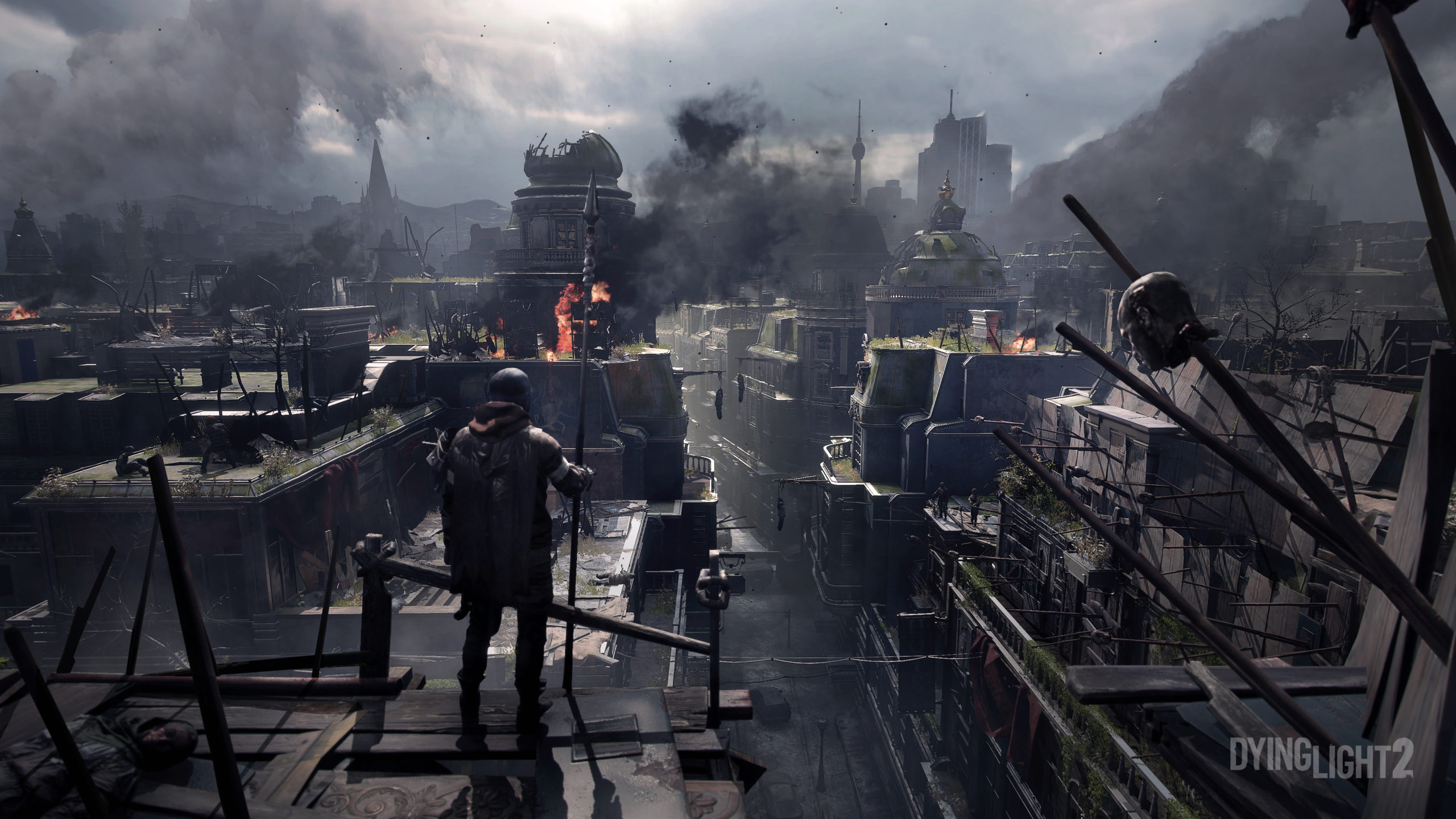


“They were taking it in turns to keep these patients alive.” “When the ventilators failed, the nurses and doctors had to do it manually by squeezing a rubber lung,” he says. “These babies need special care and without electricity for the incubators staff in neonatal units had to find blankets to keep the babies warm,” says Julio Castro, from the school of medicine at the Central University of Venezuela, who has been compiling the data for Doctors for Health, describing some of the stories that hospital staff had told him about the power outages. The biggest energy challenges facing humanityĪlongside the deaths were stories of pregnant women giving birth in dark hospital wards, doctors treating patients and surgeons performing operations using their mobile phones as torches, and babies in failing incubators.Ten simple ways to act on climate change.The small Scottish isle leading the world in electricity.Among those who died were kidney failure patients who could not get the vital dialysis treatment they needed, and gunshot victims on whom surgeons could not operate in the near darkness. Unprepared for the sudden loss of power, back-up generators in some hospitals failed while others only had enough energy to keep a few of the most vital wards functioning.īy the end of the five days an estimated 26 people had died in the country’s hospitals as a result of the power outage, according to figures collated by Doctors for Health, a group of concerned medics that have been monitoring the growing health crisis in Venezuela. It was a situation being played out in hospitals dotted all over Venezuela in March 2019 during a five-day nationwide power black out that accompanied the growing political and economic crisis facing the South American country. Without electricity the lifts did not work. But with no power in the nine-floor hospital in Maracay, they had no way to reach it. The elderly woman was suffering a blood clot in her lungs – a common, but life-threatening problem that can be treated with the right drugs and equipment.Įverything the doctors needed to save the woman – including a mechanical ventilator – was tantalisingly close, in the intensive care unit several floors below. In almost total darkness, broken only by the beam of a couple of torches and the glow from their mobile phones, the hospital staff watched helplessly as their patient died in front of them.


 0 kommentar(er)
0 kommentar(er)
